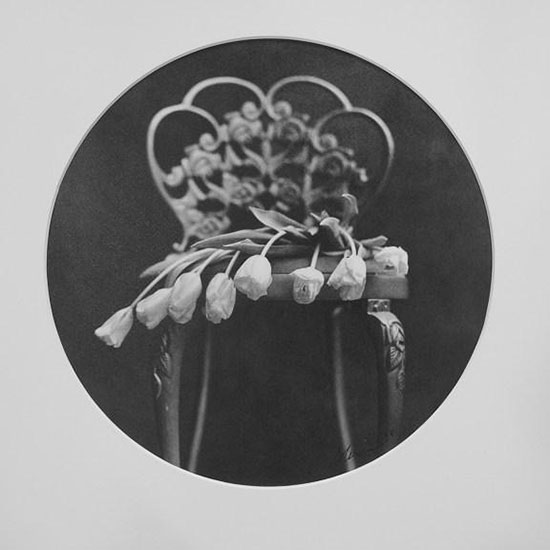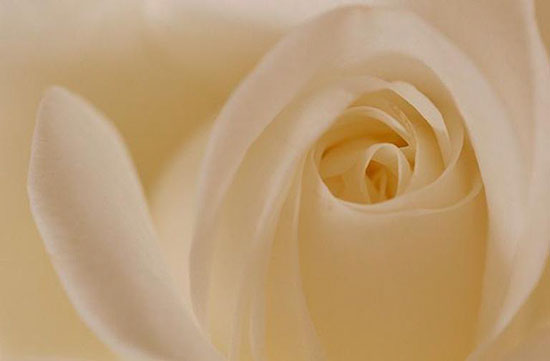The concentrated beauty of Long Island is varied and extreme: blistering nor’easters, acres of snow pack, the green world of spring renewal and the resplendent paint of autumn foliage. Add to this panorama the extensive shoreline and it becomes no great mystery that a large culture of landscape photographers congregates on the East End, memorializing this natural beauty.
A recent addition to this extensive East End culture is the Alex Ferrone Gallery, specializing in photography in the charming hamlet of Cutchogue on the North Fork. On view through June 19, 2016 at the gallery is a group show of flowers with the inviting title “Florescence” by three mid-career photographers, Sandra Carrion, Barbara Macklowe and Richard Gardner.
There are quite a few works in the show, mostly of modest size and price, which gives art aficionados a foothold on starting a collection, an activity that seems more and more de rigueur these days for East End residents.
Although it is by no means a hard and fast rule, street photographers, also known as urban photographers, tend to have formal college or professional photography training and landscape and nature photographers are most often self-taught. In line with this accepted wisdom, pro forma the three landscape photographers showing at Alex Ferrone are largely self-taught, at least in photography.
Although they live and work next door to the intellectual capital of the planet, their hearts seem to be more with the 19th century landscape photographer William Henry Jackson, trudging through the wilderness with his primitive equipment. In the 20th century, they would likely be aligned with Ansel Adams, rising early for that raking morning light. Their interest seems less in theory than in the endless attraction of pistil and petal.
.

"Assistant and mule" by William Henry Jackson.
.
Richard Gardner seems to be the most advanced of the lot, fusing high contrast printing with short focal length images of flowers. He shows talent as a street photographer as well, making his typically black and white oeuvre unusually varied. Here in the Alex Ferrone show, his series with the curious title “A Note for Juliet” is a tribute to surrealist photographer Man Ray’s wife Juliet Man Ray.
Apparently Juliet was a friend and the images Gardner dedicates to her are strong; American ex-pat Man Ray himself would have enjoyed taking them. Although the images are of flowers, they overlap with the gritty nature of Gardner’s “New York Underground” series, as if the floral arrangement spent some time riding on the subway.
.

"Fr. A Note to Juliet" by Richard Gardner.
.
Also working in black and white is Sandra Carrion, who is the artist in this group most firmly entrenched in the 19th century, right down to matting her images with a round view. This technique was used with early photographs because the extreme bokeh, or out of focus quality, of primitive lenses didn’t allow for good resolution at the corners of the frame. Since the lens was round, so became the image. Today bokeh is routinely added as a method of directing the viewer’s attention to a certain place in the image.
Carrion’s simple work carries significant poetry, delivered via the vehicle of old-photograph sentimentality. Even the pieces of furniture glimpsed in the background of her floral photographs are antiques from an earlier time. Along with Gardner, she typically uses short focal length to keep much of the image out of focus.
.

"Tulips" by Sandra Carrion.
.
Barabara Macklowe is in love with color, the more the better. Suggestive of postcards, these images seem somewhat out of synch with the most prevalent definitions of fine art photography, but that distinction doesn’t seem to be at issue in Macklowe’s work on view here. The more successful images are her toned-down monochromatic pieces, such as her White Rose (on her website and not in the show), which serves to illuminate features of the world.
In theoretical terms, it could be said that while color is on life, form and idea are in life. In the contemporary art world, color is used less for decoration than for separation of forms, and this is at the core of what makes White Rose and Macklowe’s other more monochromatic pieces work better.
.

"White Rose" from "Flowers" by Barbara Macklowe.
.
Still, the mystery and endless variation of flower images in landscape photography, sometimes called “luminous landscape” after the magazine by that name, have been an endless draw for generation after generation of photographers. Like bees and blossoms, a lens is always nearby.
_______________________________
BASIC FACTS: “Florescence,” featuring photography by Sandra Carrion, Richard Gardner, and Barbara Macklowe, is on view May 14 to June 19, 2016 at Alex Ferrone Gallery, 25425 Main Road, Cutchogue, NY 11935. www.alexferronegallery.com.
Florescence Gallery Talk: Sunday, June 5 from 1 to 3 p.m.
_______________________________
Copyright 2016 Hamptons Art Hub LLC. All rights reserved.
